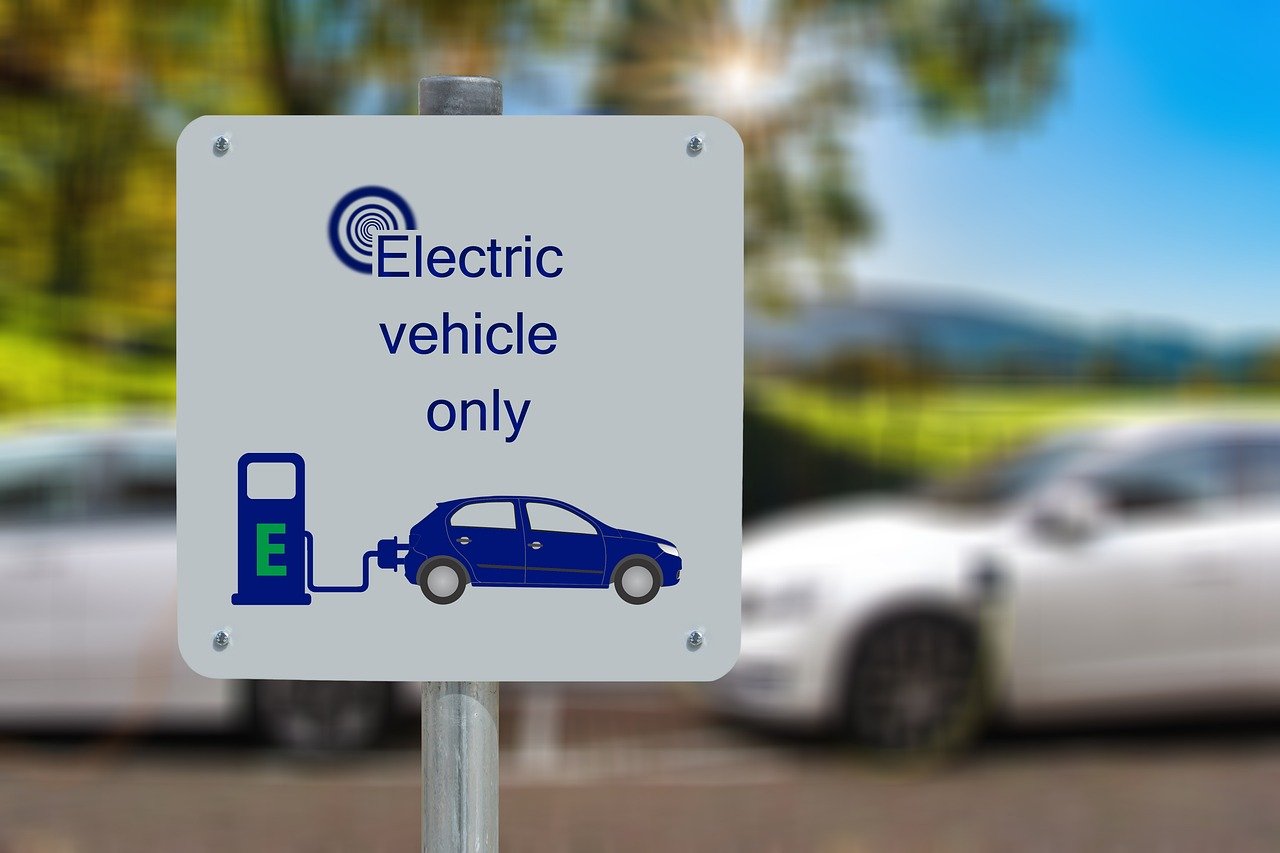Brussels, 22 November 2024
The European electric vehicle (EV) industry is facing fierce competition from China. The question is what this will mean for the future of European EVs. This paper provides an overview of EU-China competition in this industry and presents four scenarios for the future of European EVs by 2030. Will European EVs survive, thrive or perish in the face of Chinese competition and other challenges?
Executive summary
Europe is falling behind the US and China in electric vehicle (EV) innovation and is now China’s largest EV export market. The European automotive industry faces a dual challenge: Western companies moving production to China and Chinese companies flooding the European market with EVs. This trend threatens to disrupt the EU’s automotive supply chain—a sector that contributes 7% to the EU’s GDP and supports nearly 14 million direct and indirect jobs.
China has emerged as the world’s top EV producer, manufacturing over half of all electric vehicles globally. This dominance is fueled by significant subsidies, access to natural resources, a vast internal market, low-cost labor, and affordable technologies. The European Commission has flagged China’s growing EV exports and overcapacity as serious risks to Europe’s automotive industry.
In response, the EU launched its largest-ever trade case against China: an anti-subsidy investigation into Chinese EV supply chains initiated in October 2023. By June 2024, the European Commission confirmed that Chinese EVs benefit from unfair subsidies and introduced provisional tariffs ranging from 17.4% to 38.1%. Definitive duties were approved later in the year with Member State support.
Challenges Beyond Tariffs
Experts caution that tariffs alone will not secure the EU’s competitiveness in the EV sector. Significant investment, a robust industrial policy, and targeted measures are essential. While tariffs may offer EU manufacturers time to transition to EV production, they could also encourage Chinese EV companies to establish production facilities within Europe.
Four Scenarios for 2030
To assess the future of the European EV industry, 10 policy experts contributed to the development of four possible scenarios:
- Cutting-edge Europe: The EU develops advanced EV technologies, reclaiming leadership in the global market.
- Slow Electrification: Chinese manufacturers dominate the European market through exports and local production, leaving Europe trailing.
- Overdependence: European EV brands disappear, making the EU heavily reliant on Chinese technology.
- Sanctions Spiral: A geopolitical crisis, such as Chinese aggression toward Taiwan, leads to counter-sanctions and severe supply chain disruptions.
The Way Forward
To secure a positive outcome, Europe must leverage existing policies and create new frameworks to protect and promote its EV industry. A comprehensive EU industrial plan could be a pivotal step, focusing on stimulating local EV production and fostering strategic partnerships. The time to act is now if Europe wants to remain a significant player in the global EV market.
Read the In-depth-Analysis
Source – EU Parliament

